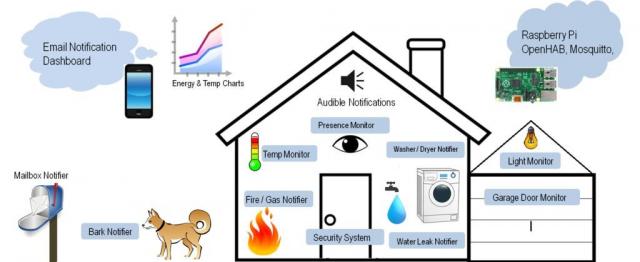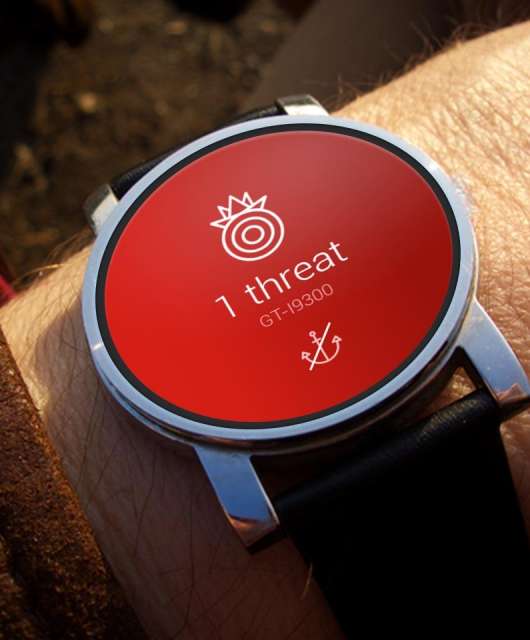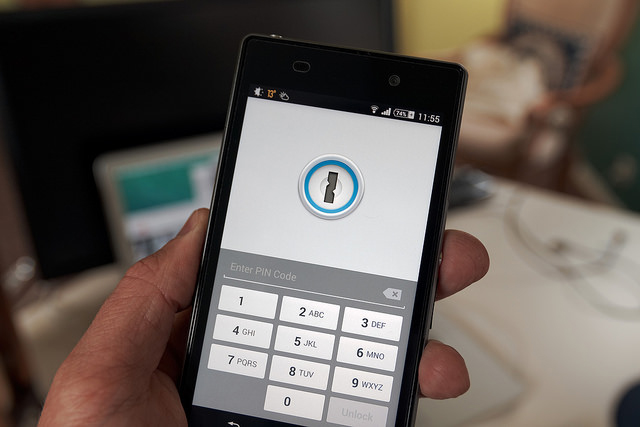
The Internet of Things (IoT) has arrived and it’s here to stay. What might seem a tool that is only used by a select few will soon become a worldwide trend – the lock on your home, your household objects, and even your toothbrush will soon be connected to the network and under control via an app.
For this to become a reality, it will be necessary that an army of engineers and developers that program the software is created. It is estimated that in the coming years this will generate millions of employment opportunities. That said, it won’t just be necessary to create thousands of applications and devices that are connected to the network, but rather the importance will be on protecting the security of users.
In fact, the first stages of the Internet of Things is fraught with a worrying number of vulnerabilities – according to a study by Andrei Costin and Aurelien Francillion, two security experts at the French investigation center, Eurocom, IoT devices that are currently on the market are riddled with security flaws.
To complete their investigation, the pair analyzed nearly 2,000 variants of firmware that accompanied the first network connected devices. The conclusions of the study couldn’t be more worrying – they found nearly 10,000 vulnerabilities that could put user security at risk.
Among these flaws were some that would allow cybercriminals to access personal information to even infect the device with the aim of controlling it remotely.

The situation is particularly worrying if one keeps in mind that a lot of devices related to the Internet of Things are used to control doors and windows of homes, and even the temperature of the house. By taking advantage of this, a criminal with sufficient knowledge could manipulate the devices and gain access to our homes.
As Costin explains, the team of investigators unearthed these flaws in a simple way. He highlighted that the manufacturers could have discovered them earlier if they had used his methods before releasing them on the marketplace.
Although it is worrying that they have found nearly 10,000 vulnerabilities, it is even more frightening to think that the investigators limited their search to only the interfaces of the devices. This all points to a grim reality of the possibility that there are still more flaws that have yet to be discovered.
If the Internet of Things wants to become a reality within our lives, it is hugely important that its developers pay more attention to its security. Only then will users be able to use connected devices without the fear of a security flaw hanging over them.
Meanwhile, Costin and Francillon’s investigation appears to indicate that our data and security are currently at risk due to this new technology.





